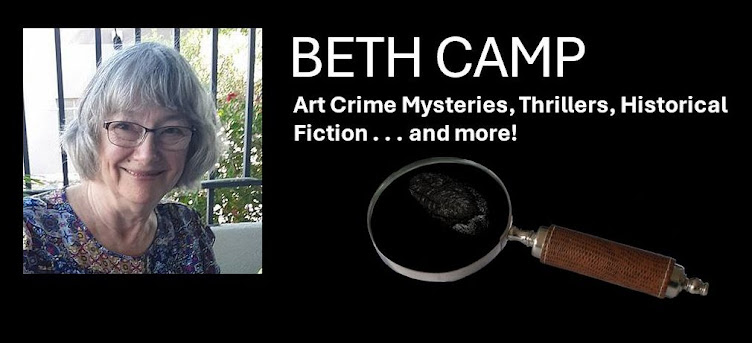move over scrambled eggs, bits
of ham, the fresh baked roll,
hot coffee with evaporated milk,
cafe con leche in a hotel lobby,
anonymous, and yet, in these moments,
morning begins, another day,
the headlines around us, sound bites rising
like birds to the sun,
hints of rosemary and the sea.
Later we walk where bones were tossed
down the mountain side,
Moche sacrifices made in another time
and at the proper season,
the mountains to the east,
the river below,
140 million bricks for the sacred place of the sun,
and for the Huaca de la Luna, the decapitator,
amid images of the sea, pelicans and cormorants,
a peace loving people, so it was said,
that is before the bones were found.

Yesterday we visited the Huacas (sacred places) of the Sun and the Moon to find the most marvelous freizes, a truly amazing temple, every bit as inspirational as any colonial Baroque church we've visited here in northern Peru. Excavation is slow, much has been lost to looters and the weather. Even photos do not do justice to this main plaza, about the size of two football fields, decorated with five levels of freizes, each level about 5 to 6 feet high, each with a different theme. I can shut my eyes and still see a line of warriors holding hands. Are they dancing? Are they singing? Archaeologists use pottery and painstakingly slow research to name these icons of Moche culture, and change their minds. Behind the temple, the Cerro Blanco, a singular mountain, rises, so named by the Spanish, yet the people here say White Hill Temple is not the proper name. This is the Temple of the Moon.
Additional pictures of the Huaca de la LunaÑ are at www.huacadelaluna.org.pe and www.huacas.com
The prompt comes from Robert Lee Brewer's prompt 046 Beneath the Surface.

